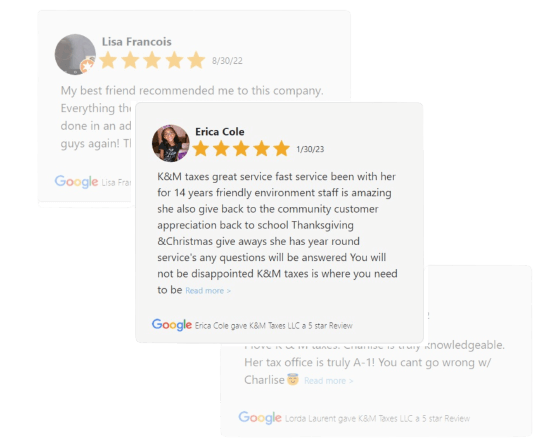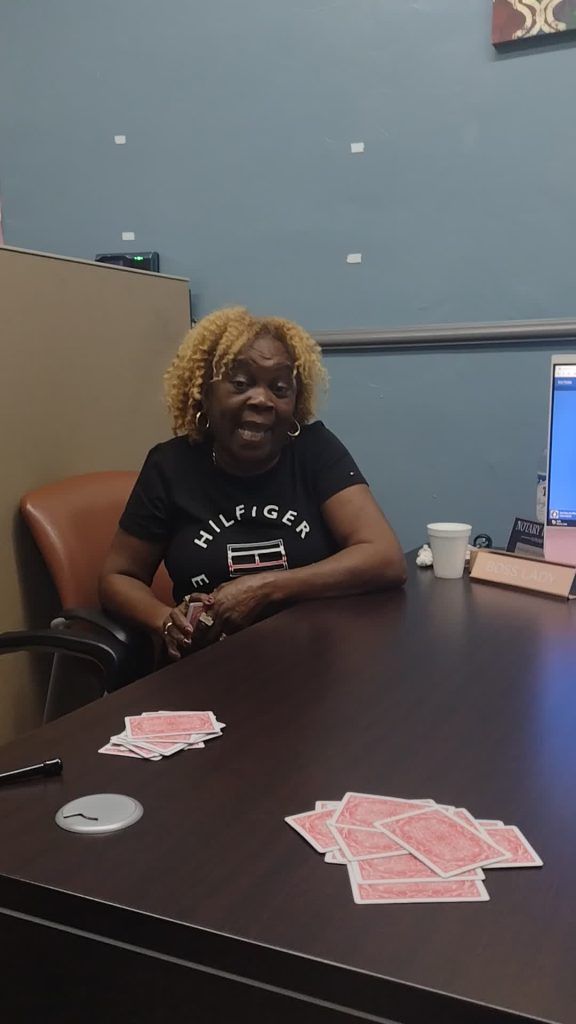Form I-130 starts the process of family-based immigration by establishing the existence of a qualifying relationship to a foreign citizen relative who wishes to immigrate to the United States. This form is often simply referred to as the “I-130 petition.”
The I-130 petition is also a request by the petitioner to reserve an immigrant visa for the family member. Depending on the type of relationship, this process can take just a few months or several years.
If you are a U.S. citizen, you can file Form I-130 for each of your eligible relatives. This includes your spouse, your children, your siblings, and your parents. If you are a permanent resident, you can petition for your spouse and any unmarried children under the age of 21.
You can also petition for your stepchild if the marriage that created the relationship took place when the child was younger than 18.
The U.S. citizen or green card holder who files the I-130 petition is officially called the “petitioner” or “sponsor.” The person seeking a green card is officially known as the “beneficiary.”
Filing the I-130 petition also establishes your place in line for an available green card.
Form I-130 is a type of immigrant visa petition. An immigrant visa is for someone that intends to live and work in the United States permanently. There are other types of immigrant visa petitions.
Certain Immigrants who are physically present in the United States may use Form I-485, Application to Register Permanent Residence or Adjust Status, to apply for permanent resident status (Green Card).
Those who are eligible for a green card and meet some additional requirements may adjust status to permanent residence. The major benefit of adjustment of status compared to consular processing is that the applicant may remain in the United States while waiting for a green card. Generally, they may even obtain a Social Security number, accept U.S. employment and travel (after submitting some additional forms).
To file Form I-485, the intending immigrant must satisfy three fundamental requirements. Eligibility to adjust status requires that the applicant must:
Be physically present inside the United States;
You must be inside the United States when filing the adjustment of status application (and will need to complete the process inside the U.S.).
Have made a lawful entry into the United States;
Lawful entry means that you were admitted or paroled into the U.S. For most people, this means that you entered the U.S. with valid documentation and made face-to-face contact with a U.S. immigration officer, and that officer acknowledged your entry to the United States. If you entered with a valid visa, but that visa has since expired, you still had a lawful entry.
Have an immigrant visa immediately available to you.
Immediate relatives of U.S. citizens may file Form I-485 together with the I-130 petition. That’s because a visa is always available to the immediate relative category. However, family preference applicants must make sure a visa is available. Their category must be “current” in the visa bulletin before filing Form I-485.
An applicant (relative or husband or wife getting their green card) can file an I-485 based on seven major categories (as listed on the form): family-based, employment-based, special immigrant, asylum or refugee, human trafficking victim or crime victim, special programs, and additional options. The I-485 further divides these seven categories into 27 sub-categories for clarity.
Form I-130 is the first step to helping a relative apply for a green card if you are a U.S. citizen or permanent resident and you want to prove that you are related to someone who is eligible for permanent residency.
If your relative is already in the United States, they may be able to use Form I-485 (Application for Adjustment of Status) to apply for permanent residency at the same time. In some cases, you may be able to file these forms together.
If you file Form I-130 and your relative is in the United States already, you may be able to file Form I-485 together. This process is called concurrent filing.
If your relative isn’t an immediate relative, such as your spouse, your child or your parent, you may also need to confirm that there is a visa available for them before filing concurrently.
For Form I-130 and Form I-485 to be considered together, you’ll need to file them at the same time, by mailing them with the required filing fees and supporting documents to the same location. They will also be considered as filed concurrently if you have filed Form I-130 either online or via mail, and it is still pending when your relative files Form I-485 to adjust their status.
Since both of these forms are processed by USCIS, they are eligible for concurrent filing. Generally, if your relative is not already in the United States, you will not be able to file to adjust status at the same time, since immigrant visas are dealt with by the Department of State.
If the sponsor has a criminal record, there’s a good chance they will still be able to sponsor a relative coming to the United States. If the relative has a criminal record, they may also still be able to apply for a green card. It’s important, to be honest about your criminal history, and to let USCIS know of any interactions with law enforcement (except for minor traffic violations). Having a police record can make things more complicated, but does not necessarily lead to a green card denial.
Certain foreign nationals, who are eligible to work in the United States, use Form I-765, Application for Employment Authorization, to request permission to work. When hiring employees, U.S. employers must request proof of the worker’s right to work.
U.S. citizens and lawful permanent residents (green card holders) may work without requesting special permission. Some nonimmigrants, temporary in nature, may be granted employment authorization upon request from U.S. Citizenship and Immigration Services (USCIS). However, not all nonimmigrants are eligible for this benefit. Individuals granted employment authorization with an approved Form I-765 receive an employment authorization document.
You may also hear this document referred to as:
– EAD
– Employment Authorization Card;
– Work Permit.
These are different names for the same thing. Use Form I-765 to request an initial, replacement, or renewal card. You must be in a valid eligibility category to request employment authorization.
EMPLOYMENT-BASED NONIMMIGRANT CATEGORIES
FAMILY-BASED NONIMMIGRANT CATEGORIES
FOREIGN STUDENTS
NATIONALITY CATEGORIES
Typically, USCIS issues work permits for a period of one year. However, they may issue longer or shorter periods for some categories. Generally, you can file for renewal if your work permit is expired or will expire in the next 120 days. To receive approval for a renewal, you’ll need to make sure you remain eligible in the eligibility category that you applied.
Financial sponsors for certain non-citizen visitors use Form I-134, Declaration of Financial Support, to remove the public charge grounds for inadmissibility. The declaration is a way for non-immigrant visitors (visa holders and parolees) to the United States to prove that they have the financial support to pay their way during a trip. Prior to April 2022, this form was known as “I-134 Affidavit of Support.” The U.S. government wants reassurance from foreign travelers that they will not become dependent on financial support from the U.S. government during the course of the visit. Support from a U.S. resident is a way of providing this reassurance that the non-immigrant visitor will not be a public charge (depend on the government for financial support).
Supporters are generally U.S. citizens, U.S. nationals or lawful permanent residents. In some cases, supports may be non-immigrants who are residing and employed inside the United States. In some case, the non-immigrant beneficiary may even file on their own behalf.
Determining the household size and household income for your place of domain can be difficult.
Form I-134A, or the Online Request to be a Supporter and Declaration of Financial Support, is an online document filed with U.S. Citizenship and Immigration Services (USCIS) by individuals who wish to sponsor a foreign national for admission to the United States. Form I-134A is specifically for financial sponsorship, and is currently only accepted for two specific immigration programs:
Sponsorship for Ukrainian refugees as part of the Uniting for Ukraine program; or
Sponsorship for Cuban, Haitian, Nicaraguan, or Venezuelan migrants as part of the new humanitarian parole program for Cubans, Haitians, Nicaraguans, and Venezuelans
Form I-134A includes detailed information about the sponsor’s financial status and their ability to provide financial support for the beneficiary in question. The I-134A is typically used to show that the sponsor has the financial resources to support the beneficiary during their temporary parole in the U.S.
________
The requirements to be a Form I-134A sponsor are:
– You must be U.S. citizen, permanent resident, or visa holder with legal immigration status
– You must be physically present in the U.S. when filing
– You must undergo and pass a background check
– You must personally file and sign Form I-134A – beneficiaries seeking parole under these processes may not file the form on their own behalf
– You must include the name of the beneficiary on Form I-134A
– You must be willing to file a separate Form I-134A for each beneficiary you are planning to support, including children under the age of 18
___________
Form I-134A Process
A U.S.-based sponsor must submit Form I-134A with USCIS through the online web portal to initiate the process. The form includes questions about both the sponsor and the beneficiary, including basic biographical information and immigration history. The sponsor must also provide a comprehensive overview of their finances, including information on their assets, liabilities, income sources, and general expenses. The sponsor must file a separate Form I-134A for each beneficiary they are wishing to sponsor, even in instances where the sponsor is supporting multiple members of one family.
Once filed, USCIS will review the form and all supporting documents to ensure that the sponsor is able to financially support the beneficiaries. At this stage, USCIS will also conduct a background check on the sponsor to detect any potential fraud, exploitation, or legal red flags.
The I-134A form is an important part of the sponsorship process, as it helps demonstrate that a potential beneficiary of a parole program will not become a public charge in the United States. To ensure that a foreign citizen can be successfully sponsored and admitted to the United States, it is important that Form I-134 is filled out completely and accurately.
You can find more information on how to start filing Form I-134A on USCIS’ official form portal.
Form I-134A is the online version of the form. It is called the Online Request to be a Supporter and Declaration of Financial Support and can be found on the USCIS website. As indicated in the name, beneficiaries may not file Form I-134A on their own behalf. (Certain I-134 beneficiaries may submit the form on their own behalf.) USCIS is using the I-134A to facilitate larger humanitarian programs right now. Therefore, you may only file Form I-134A if you are agreeing to financially support a:
Ukrainian or their immediate family member as part of Uniting for Ukraine; or
Cuban, Haitian, Nicaraguan, or Venezuelan or their immediate family member as part of the Processes for Cubans, Haitians, Nicaraguans, and Venezuelans.
If you are agreeing to support a beneficiary seeking humanitarian parole who is not applying for parole under Uniting for Ukraine or the Process for Cubans, Haitians, Nicaraguans, and Venezuelans, you must file a paper Form I-134, Declaration of Financial Support, along with Form I-131, Application for Travel Document, through the appropriate Lockbox location.
















